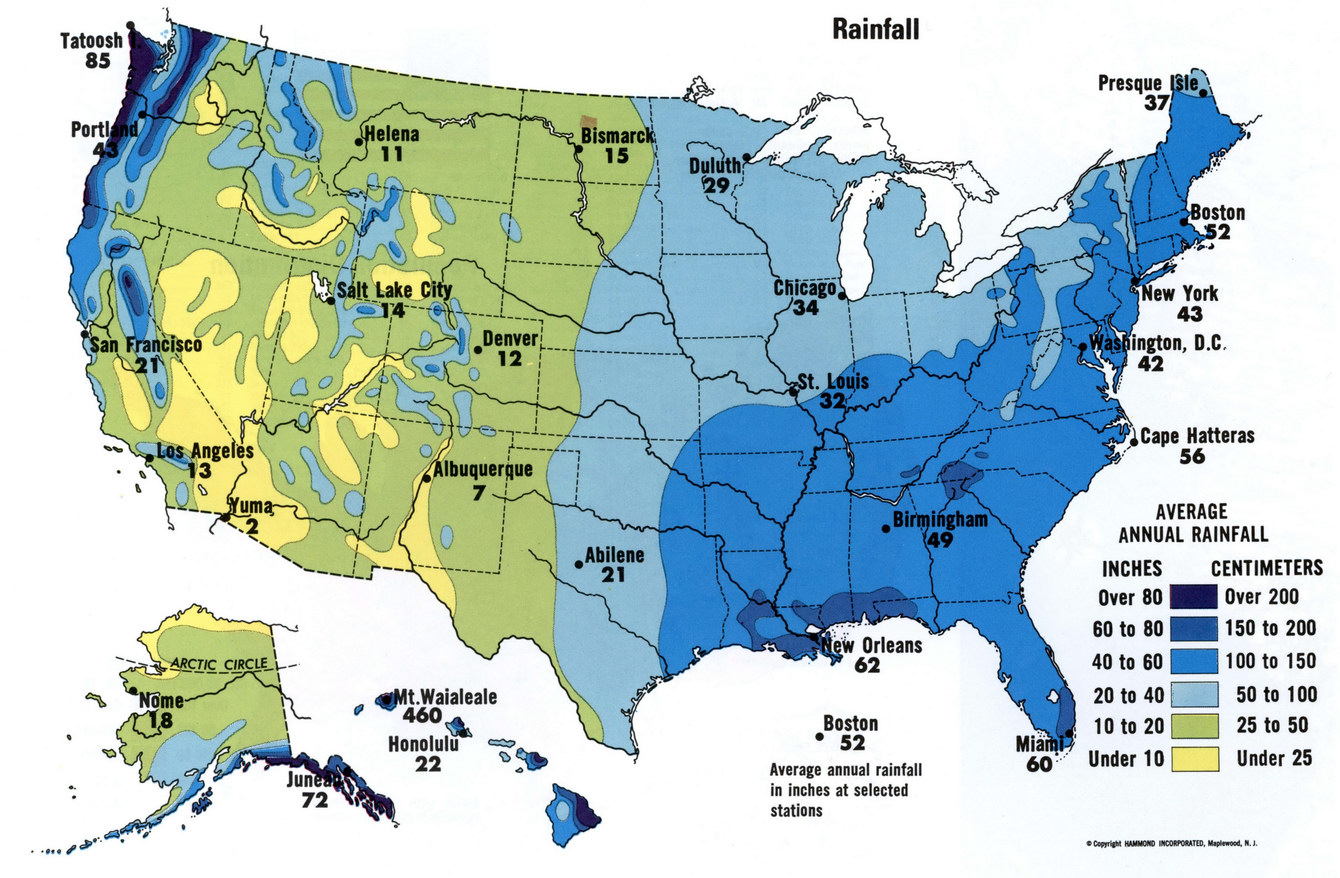Bear Ribs
Well-known member
To be perfectly fair, the eucalyptus isn't the only arsonist tree and California has several such trees growing natively. Redwoods are among them, their cones are not only fireproof, they actually do not open and release the seeds until a forest fire hits them and the heat is enough to get them to open.
That's not to say eucalyptus didn't make things worse, but the entire California ecology is based on the assumption that there's going to be several low-intensity brushfires a year that clear out the scrub on the ground, redwoods aren't the only tree that can't germinate until they've been set on fire. The fact that the people in charge invariably prevented those fires (because it could destroy some political donor's McMansion vacation home in the woods) and kept fires from clearing the scrub, for years, while also keeping people from removing the scrub via chainsaw is what's let it get so bad. Now the highly flammable fast-growing scrub has grown massive and even more highly flammable.
Basically, nature is now snapping back and it's now demanding all the fires it hasn't gotten for several decades, with interest added.
That's not to say eucalyptus didn't make things worse, but the entire California ecology is based on the assumption that there's going to be several low-intensity brushfires a year that clear out the scrub on the ground, redwoods aren't the only tree that can't germinate until they've been set on fire. The fact that the people in charge invariably prevented those fires (because it could destroy some political donor's McMansion vacation home in the woods) and kept fires from clearing the scrub, for years, while also keeping people from removing the scrub via chainsaw is what's let it get so bad. Now the highly flammable fast-growing scrub has grown massive and even more highly flammable.
Basically, nature is now snapping back and it's now demanding all the fires it hasn't gotten for several decades, with interest added.

